
The Iditarod Trail Sled Dog Race, also known as “The Last Great Race,” is a grueling 1,000-mile journey through Alaska’s harsh wilderness. While it is a testament to human endurance and the bond between mushers and dogs, there is a disturbing truth beneath the sugar-coated facade. There numerous reports and studies have brought to light the darker side of the event, such as concerns of animal welfare, ethics, and physical stress on the animal competitors. In this article, we take a look at these harsh truths and hope to shed light on the aspects of the Iditarod that are not well known.
The Hidden Toll on Canine Athletes
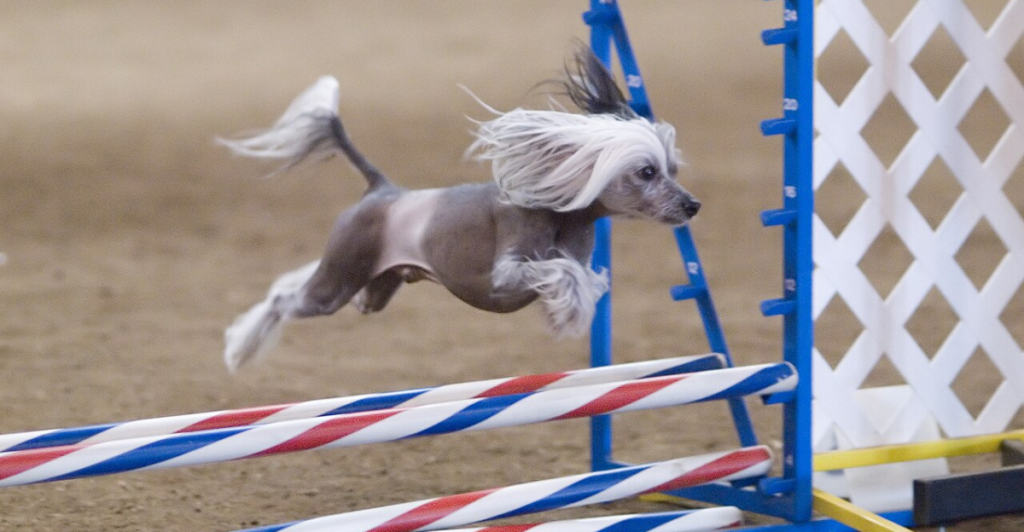
The Iditarod involves sled dogs running approximately 1,000 miles in under two weeks, sometimes at speeds up to 100 miles per day, which often results in severe fatigue, dehydration, and injury. Over 80% of dogs that complete the race suffer from chronic lung injury, and many develop stomach ulcers due to the extreme conditions. These findings challenge the idea that the Iditarod is a testament to canine resilience, revealing the significant physical toll on the dogs instead.
A History of Fatalities
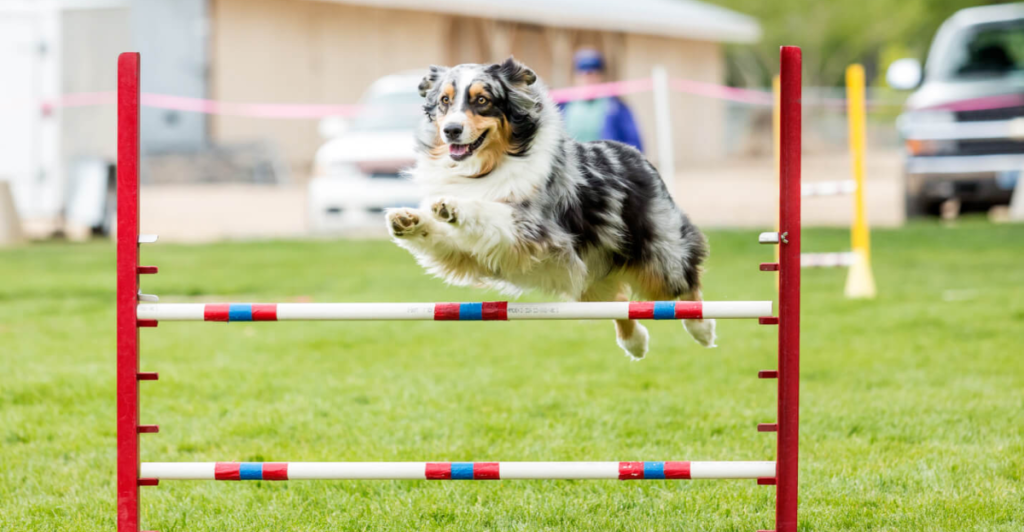
Since 1973, when the race was first started, the Iditarod has recorded the loss of over 150 dogs on the trail, with five dying in 2017 alone. The cause of death ranged from asphyxiation and heart attack to freezing and severe aspiration pneumonia. The race rules even acknowledge certain deaths as an “unpreventable hazard,” raising questions about the ethics of the event.
The Fate of ‘Unfit’ Dogs
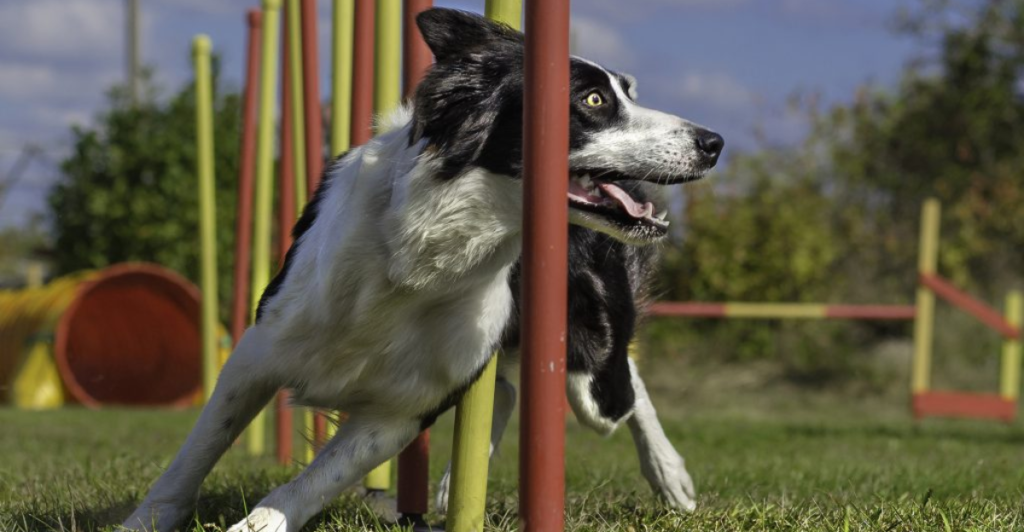
Other than the race, the destiny of sled dogs is a more serious issue. Dogs are deemed unfit as they get older and experience health issues or decreased performance. As a result, “unfit” dogs are sometimes shot or drowned. This practice indicates a concerning ideology that a dog’s value and life is tied to its usefulness.
Legal Loopholes
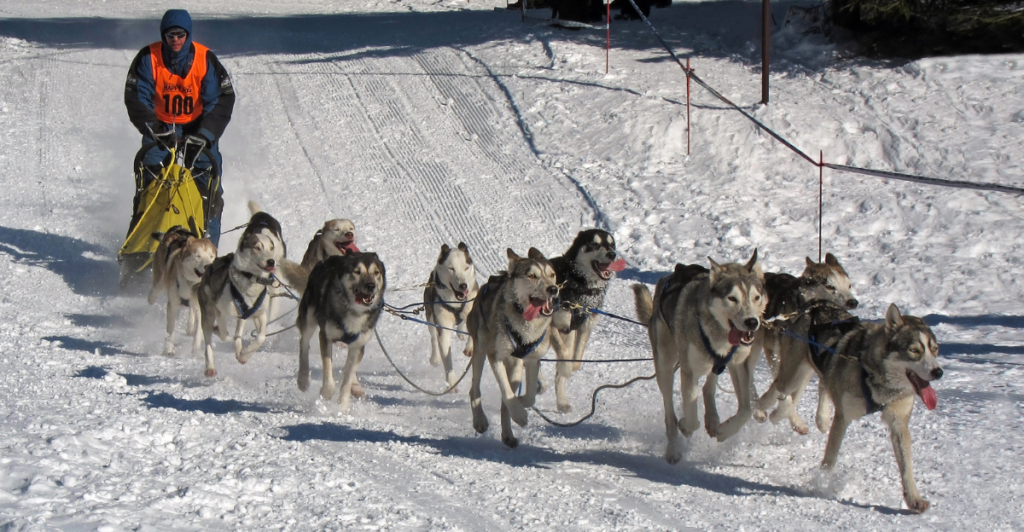
In Alaska, sled dogs are classified as livestock and, therefore, aren’t protected by the animal welfare regulations that apply to pets. This legal distinction permits actions towards sled dogs that would be deemed unacceptable for companion animals. For example, dogs can be euthanized without veterinary oversight, resulting in potentially inhumane practices or abandonment without consequences.
Inside Industry Practices
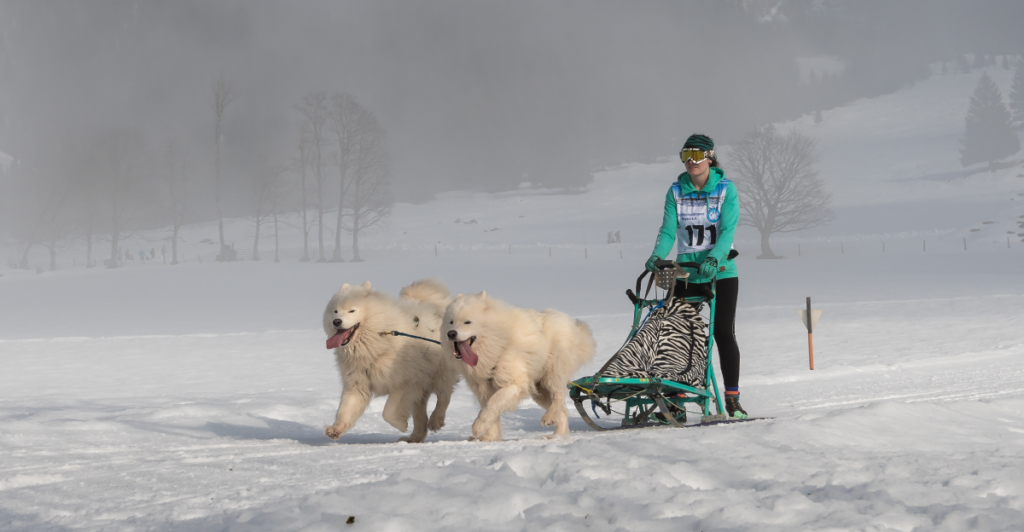
Insiders, such as veterinarians and mushers, have spoken out against the mistreatment of sled dogs, exposing horrific practices such as racing injured or sick, sometimes to the point of killing them. With the race located in a remote area, these practices commonly go unreported, fostering a culture of abuse and neglect. However, mushers, such as Zoya DeNure, openly advocate for gentler training and racing practices.
Event Scandals

The integrity of the Iditarod has also been questioned by doping scandals. In 2017, four dogs tested positive for the opioid painkiller tramadol, a prohibited substance. In stark contrast to other professional sports, the musher involved received no disciplinary measures. This has cast doubt on the race’s credibility and on the competitors’ ethics.
Seeing the Consequences
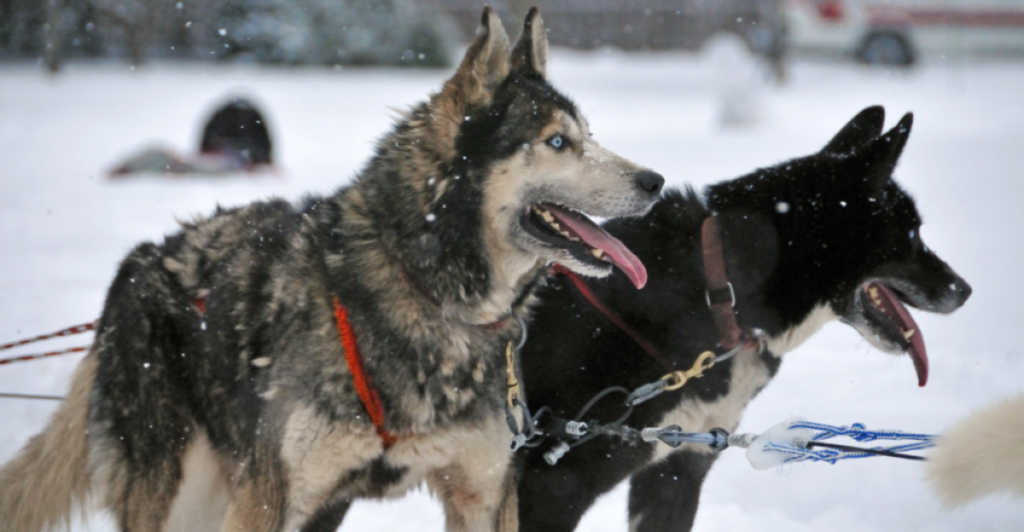
Growing dismay over the darker aspects of the Iditarod has brought about public outcry and corporate alienation. Large corporate sponsors, such as State Farm Insurance and Wells Fargo, have withdrawn from the sport in reaction to lobbying efforts by concerned animal welfare organizations and citizens. This indicates a change in society’s attitude toward events that emphasize sport over the well-being of animals.
Tradition vs. Ethics
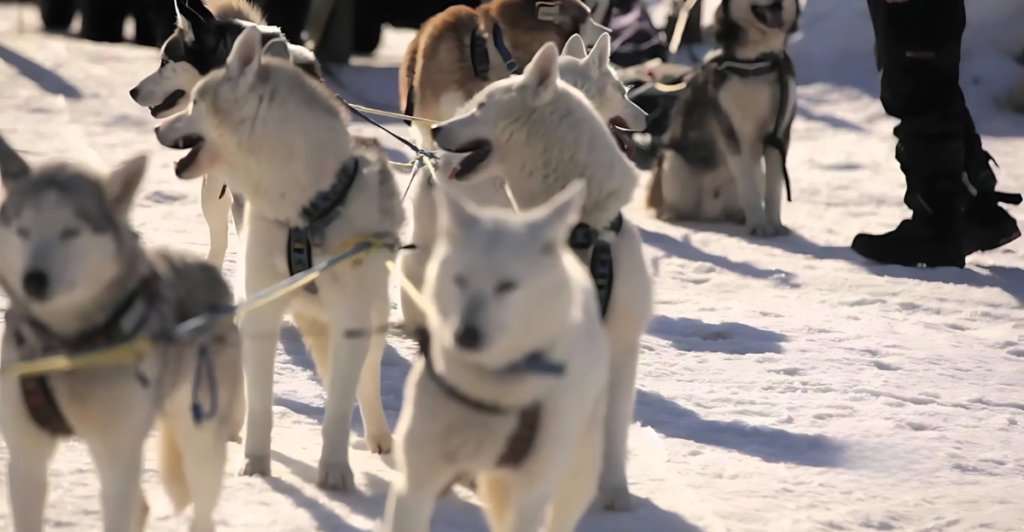
The Iditarod is steeped in Alaskan tradition, commemorating the use of sled dogs as a means of transportation and survival in the past. However, this historical tradition is now faced with ethical considerations and concerns. Therefore, the challenge lies in maintaining tradition without causing harm by prioritizing the health of canine competitors during the event.
Advocacy for Alternative Practices
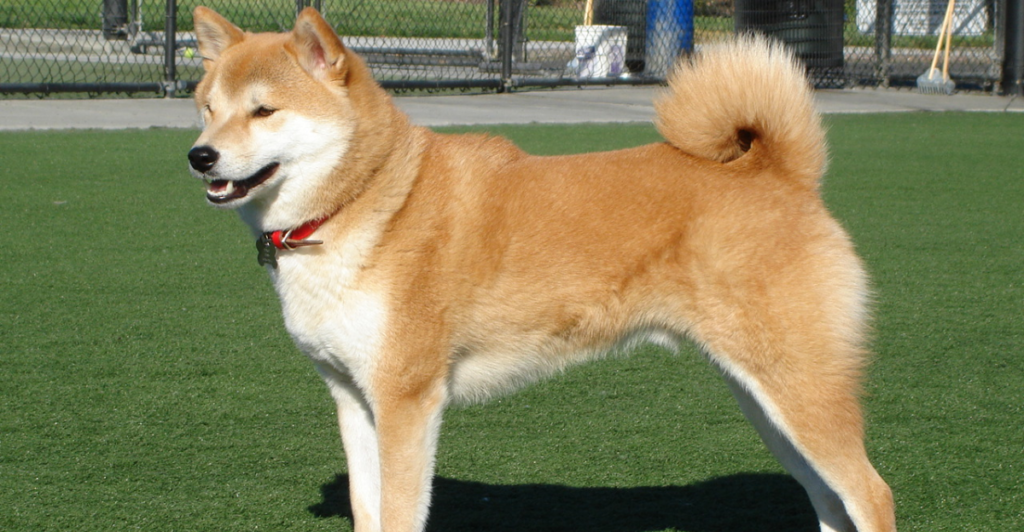
Exploring alternative practices may help ensure that this sport balances tradition and ethics. Short, strictly controlled races with welfare parameters, enforced recovery periods, and enhanced veterinary supervision could minimize distress. Further, some mushers advocate for non-competitive mushing that emphasizes the human-canine bond over speed and endurance, presenting a more humane approach.
The Path Forward: Reform or Abolition

While the Iditarod represents a rich cultural heritage and embodies excellent human and canine endurance, it also involves serious ethical and welfare issues. The future of the Iditarod is uncertain as controversies mount regarding its ethical implications. To some, extensive reforms to ensure the safety and well-being of dogs are needed, while others believe that the event has unavoidable consequences with little to no solutions. Therefore, finding a balance between ethical practices and continued tradition is needed to ensure the spirit of this historical event.
Explore more of our trending stories and hit Follow to keep them coming to your feed!

Don’t miss out on more stories like this! Hit the Follow button at the top of this article to stay updated with the latest news. Share your thoughts in the comments—we’d love to hear from you!







